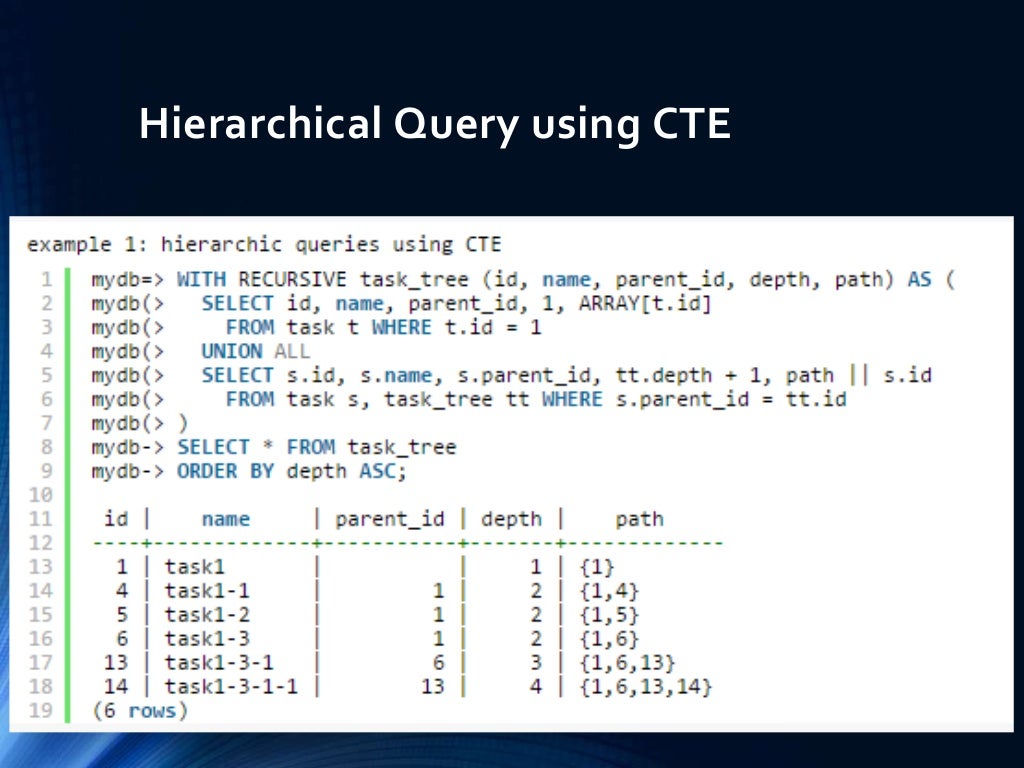

!~* : Case-insensitive, compares two statements, return false if the first string is contained in the second.!~ : Case-sensitive, compares two statements, returns false if the first string is contained in the second.~* : Case-insensitive, compares two statements, returns true if the first string is contained in the second.I’ve always gotten by using the LIKE search pattern. Regular expressions are somewhat new to me in the sense of, I know what they are, it’s just I have never had to use them. ~ : Case-sensitive, compares two statements, returns true if the first string is contained in the second Regular expressions in PostgreSQL with regexpmatch () With examples.Regex does not use = and != to compare rather it uses these POSIX comparators: It is the most powerful way to use Regex in SQL. POSIX is a set of comparators for case matches and non equivalency. Unlike LIKE and SIMILAR TO, POSIX is not a keyword that is used in a SQL query. LIKE and SIMILAR TO both look and compare string patterns, the only difference is that SIMILAR TO uses the SQL99 definition for regular expressions and LIKE uses PSQL’s definition for regular expressions. LIKE and SIMILAR TO are used for basic comparisons where you are looking for a matching string. There are three ways to use regex comparisons in SQL: Repetition of the previous item one or more times Start the match at the beginning of a stringĪny single character (using LIKE and SIMILAR TO) Here is a quick cheat sheet for metacharacters to help define the pattern: Metacharacter SELECT * FROM Email Addresses WHERE Email Address ~* Regex in PostgreSQL Metacharacters


 0 kommentar(er)
0 kommentar(er)
